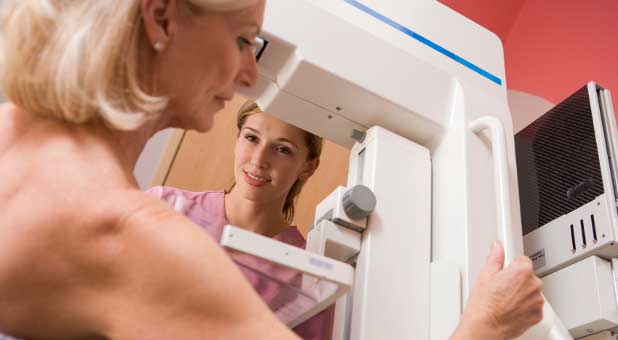Only one in three women living with breast cancer is meeting current physical activity guidelines, suggests a new study.
African American women, who tend to have higher rates of death from breast cancer than white women, were less likely to meet the guidelines.
“Physical activity is thought to lower the risk of other diseases among breast cancer survivors, increase their overall quality of life and reduce their mortality from breast cancer and other diseases,” Andrew Olshan told Reuters Health in an email.
He worked on the study at the Gillings School of Global Public Health at the University of North Carolina at Chapel Hill.
About one in eight U.S. women will develop breast cancer at some point in her life.
Olshan and his colleagues used data from the Carolina Breast Cancer Study to see how physical activity levels change after a breast cancer diagnosis.
The study included 1,735 women ages 20 to 74 that were diagnosed with invasive breast cancer between 2008 and 2011 in North Carolina. The women were an average of 56 years old when they were diagnosed.
The research team found that 65 percent of breast cancer survivors fell short of meeting the U.S. Department of Health and Human Services recommendations of at least 150 minutes of moderate-intensity physical activity or 75 minutes of vigorous-intensity physical activity per week.
About 60 percent of the study participants reported exercising less after their diagnosis than before when they were interviewed roughly six months post-diagnosis.
The average participant reduced her activity by the equivalent of about five hours of brisk walking per week, according to findings published in the journal Cancer.
When compared with white women, African American women reported lower levels of physical activity before their diagnoses and larger drops in activity afterward. However, the difference in physical activity declines after diagnosis went away when the researchers took into account women’s general health, lifestyle and type of cancer treatment.
“More women with breast cancer should increase their participation in physical activity after the diagnosis of breast cancer,” Olshan said. “Additional efforts to increase physical activity among African American women are warranted given their lower levels of physical activity and higher rates of disease and poorer survival.”
Olshan said women should talk with their doctor before starting any new exercise program. The American Cancer Society also lists some precautions for cancer survivors who want to exercise here: bit.ly/1k1c00M.
Women can do either 150 minutes of moderate aerobic exercise per week or 75 minutes of vigorous aerobic exercise, or a combination of both, Olshan said.
“Exercise for at least 10 minutes at a time and try to exercise throughout the week rather than cramming it all in on one day,” he said.
Olshan added that strength training for all major muscle groups also should be done at least two days per week.
“Exercise can really help to reduce fatigue and improves muscle strength, physical endurance and self-esteem,” said Maureen Pike. “It helps to deal with some of the emotional issues that surround cancer survivorship as well.”
Pike is a Technical Advisor for Chronic Disease Prevention Programs at the YMCA of the USA. She wasn’t involved in the study.
The YMCA teamed up with the LIVESTRONG Foundation in 2007 to create a research-informed exercise program to help survivors reclaim their health after going through the experience of cancer and treatment, she noted. The program is available at 157 corporate YMCA associations, often free of charge.
Pike said the program’s goals include managing side effects like pain and fatigue.
She said cancer patients should talk to their healthcare providers about exercise, and added that connecting with other people with similar conditions might be better than trying to go about it alone.
Seeking out some sort of support and not just trying to go to the gym alone can be helpful for keeping that motivation up to continue to exercise, she said.
@2014 Thomson Reuters. All rights reserved.
Shereen Lehman/Reuters
















































